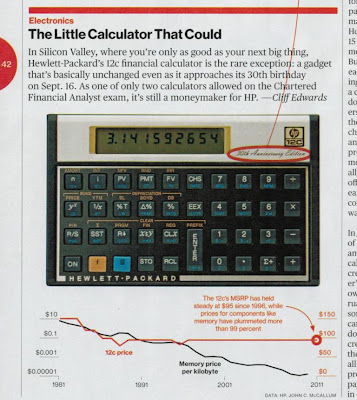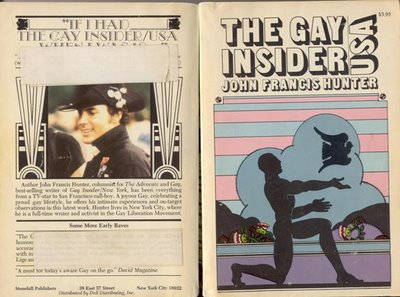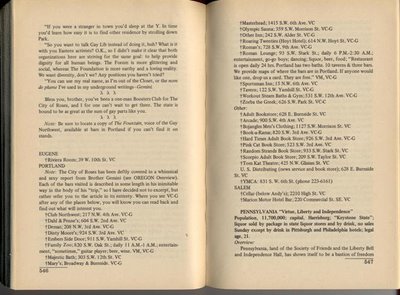As my low vision blindness, muscle paralysis and weakness has been worsening after a series of small ischemic strokes, I was honored to receive a request from Dr. Bradley Boovy, Oregon State University Assistant Professor in World Languages and Culture (WLC) & Women, Gender, and Sexuality Studies Program (WGSS) (Curriculum Vitae (PDF)) asking for my participation in the effort of the "Oregon State Queer Archives to preserve, share history of LGBT experience on campus" (See press release from OSU News and Research Communications oregonstate.edu accessed Jan. 28, 3017). Instead of creating a dusty paper archive, used only by historians, they are creatively using modern social networking, including the "Oregon State University Queer Archives - OSQA," Facebook page (accessed Jan. 28, 3017), which is referenced in the press release that calls for a broad partcipation from OSU alumni and staff members.
Bradley Boovy made the request, to me, as a co-director of the OSU Queer Archives and he said both he and Natalia Fernandez, an OSU multicultural librarian, would like to meet with me.
I would love to contribute to this archive, but my fragile health is preventing me from meeting for long, even with close friends and relatives. In fact, a close friend who calls me every day from California to check on me was shocked when I suffered a TIA (transient ischemic attack) stroke while talking to him on the phone because we had talked too long about his blind devotion to President Donald Trump. A few days later, after I sent him an email apologizing to him for yelling at him about Trump, I sent him a link to an essay by the queer blogger Michelangelo Signorile, "Why We Can't Be 'Friends' Any Longer After You Voted For Donald Trump," huffingtonpost.com posted Dec. 13, 2016 that describes how divisive the new President is to many people. (Also see previous blog post Why Trump is queer and loved by many men and women (12/23/16))
As a result, I have suggested a series of short telephone conference calls, for the initial get acquainted with each other purposes, and then, given that these calls may be limited by my muscle paralysis, I am also suggesting that we do a series of written questions and answers. This approach would allow me to work at my currently very slow pace without any issues. I am blessed to still have enough vision and the ability to touch type on a computer thanks to the various accessibility features that I first championed for inclusion in Microsoft operating systems and computers at Hewlett-Packard in the 1980's because my Mother and Grandmother were suffering vision loss at that time.
While neurologists tell me that the only area of my brain that has been affected by my stroke is the visual region, it has become difficult for me to form new memories, even though my long term memories appear to tbe unaffected, but I have lost my ability to visually navigate in even well know spaces, such as my own home or the grocery store. This has affected my ability to recall the physical location of things, and I may need to ask for your forgiveness if I am unable to answer questions that require topographical memory deductions.
One thing that has helped me has been both email and my personal Google searchable blog, because when I lose a newly formed memory, I can often search my digital cloud to refresh my memory. I had a blind research engineer working for me three decades ago, and I never understood how she functioned, but I now I understand the issues she faced with less sophisticated computer tools, which at the time were state-of-the-art HP artificially intelligent computer systems.
In any case, I am honored to have my contribution solicited to the OSU Queer Archive and I hope to figure out a way to do it with you.
Speaking of notes to myself that I can search for later on:
- Curriculum Vitae: PDF icon boovy_cv.pdf - I wonder if there is a PDF copy of his Ph.D. thesis I could read concerning homophile magazines in 1950's West Germany? I would love to hear more about his theories on the post-war "homophile" publishing
- "Oregon State Queer Archives to preserve, share history of LGBT experience on campus," OSU News and Research Communications oregonstate.edu accessed Jan. 28, 3017 SOURCE: Bradley Boovy, 541-737-0023 Bradley.Boovy@oregonstate.edu and Natalia Fernandez - OSU multicultural librarian Natalia.Fernandez@oregonstate.edu - The Oregon State Queer Archives, or OSQA, will include documents and materials as well as recorded stories from the OSU and Corvallis LGBT communities. Bradley Boovy, an assistant professor of women, gender and sexuality studies, and Natalia Fernandez, multicultural librarian at OSU, are leading the project. "We envision the archive less as a collection of out-of-date materials that only historians are interested in, and more as a living repository that nourishes the memories and stories of OSU's LGBTQ+ communities for creative engagement and that will potentially help future LGBTQ students navigate life at OSU," Boovy said.
- "Oregon State University Queer Archives - OSQA," Facebook page accessed Jan. 28, 3017
- Oregon State University Dr. Susan Shaw - Curriculum Vitae (PDF) - a Professor and leader at OSU of Women, Gender, and Sexuality Studies (WGSS) - "My background is in religious studies . . . my current research interests are in feminist studies in religion. My most recent book is Reflective Faith: A Theological Toolbox for Women, a book and workbook that make feminist theology and feminist biblical criticism accessible for a general audience. I am also working with a group of feminist scholars to co-edit a two volume anthology of essays on Baptist women. . . I'm also the Director of the School of Language, Culture, and Society which is Anthropology, Ethnic Studies, World Languages, and Cultures, and Women, Gender, and Sexuality Studies. Our school focuses on issues of global justice, and we've just begun a new minor in social justice studies."
See previous posts:
- FAQ from WGSS faculty about OSU Foundation Magnus Hirschfeld Fund for research on humans or animals with a minority sexual orientation or gender identity (11/27/16)
- OSU Professor of German, Women, Gender, and Sexuality Studies and Corvallis Queer Film Festival (11/11/13)
- Student produces video history of OSU LGBT community (5/16/15) - Oregon State University student Kiah McConnell displays her thesis poster, concerning OSU LBGT community history, May 14, 2015
- OSU Queer History Month hits front page of student newspaper (10/8/15) See Natalia Fernandez, "OSQA ~ The OSU Queer Archives," Oregon Multicultural Archives Blog posted May 9, 2015 that says, "film was created by Queer Archives intern Kiah McConnell. . ." Also see Oregon Multicultural Archives Blog.



